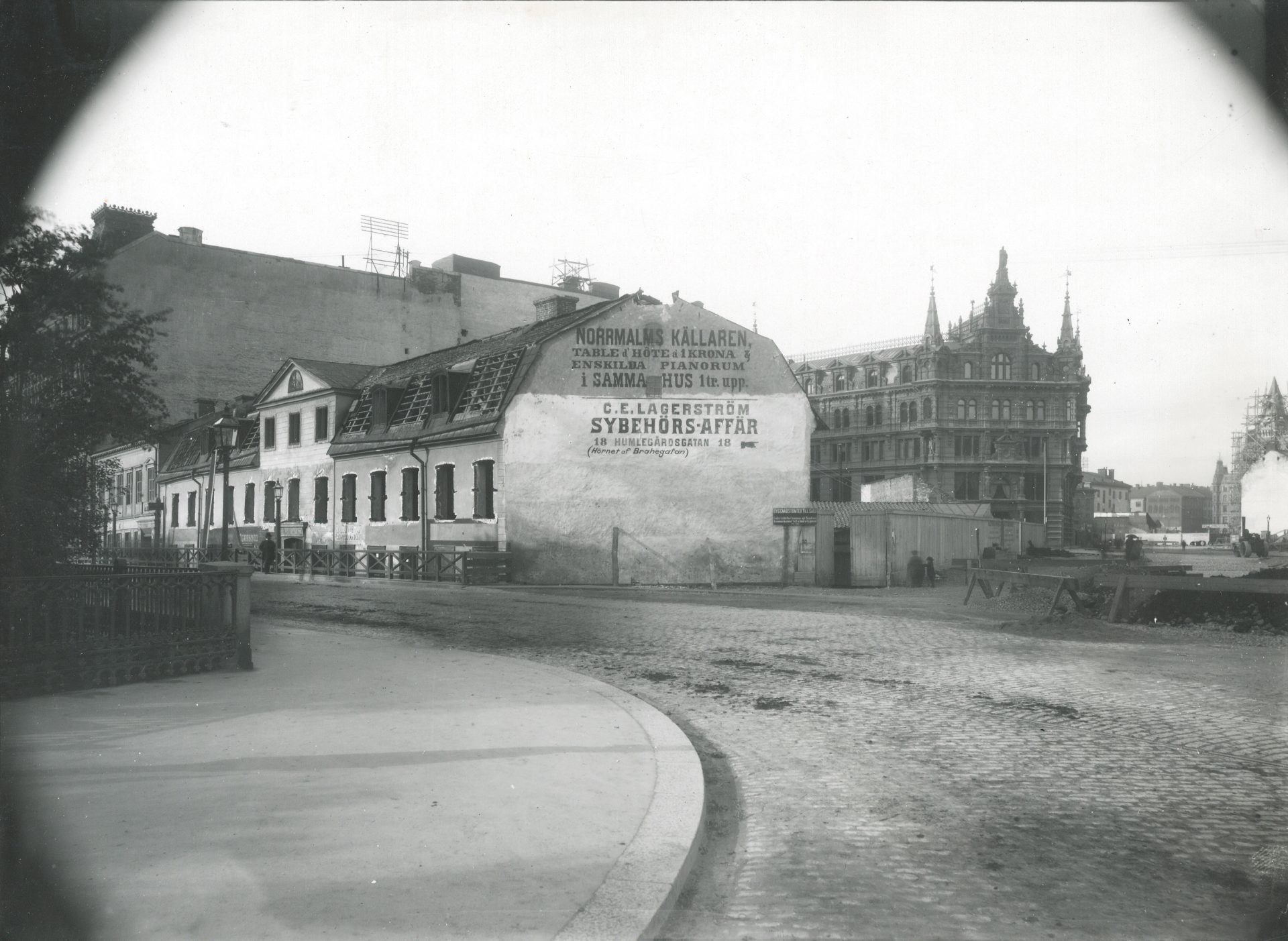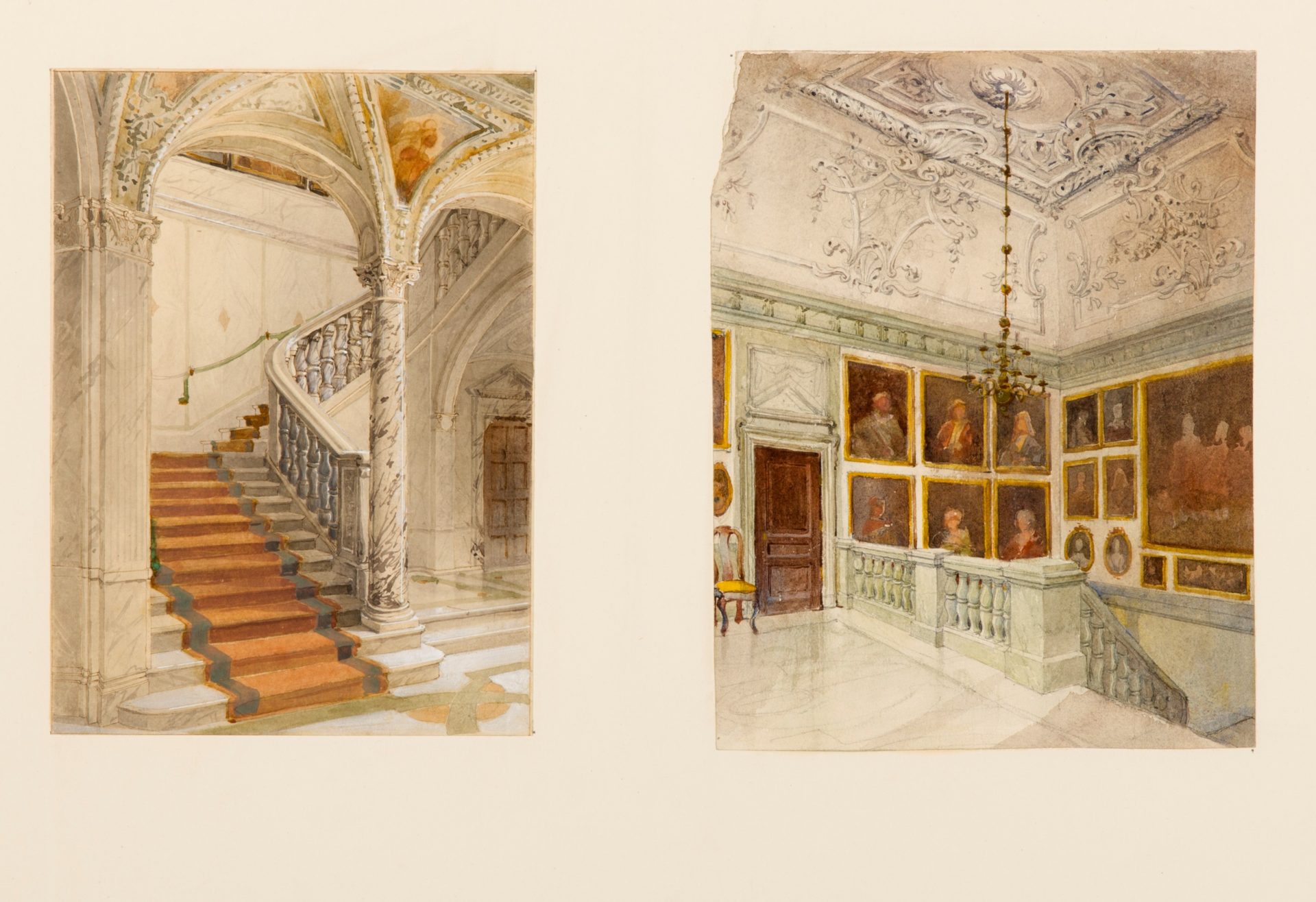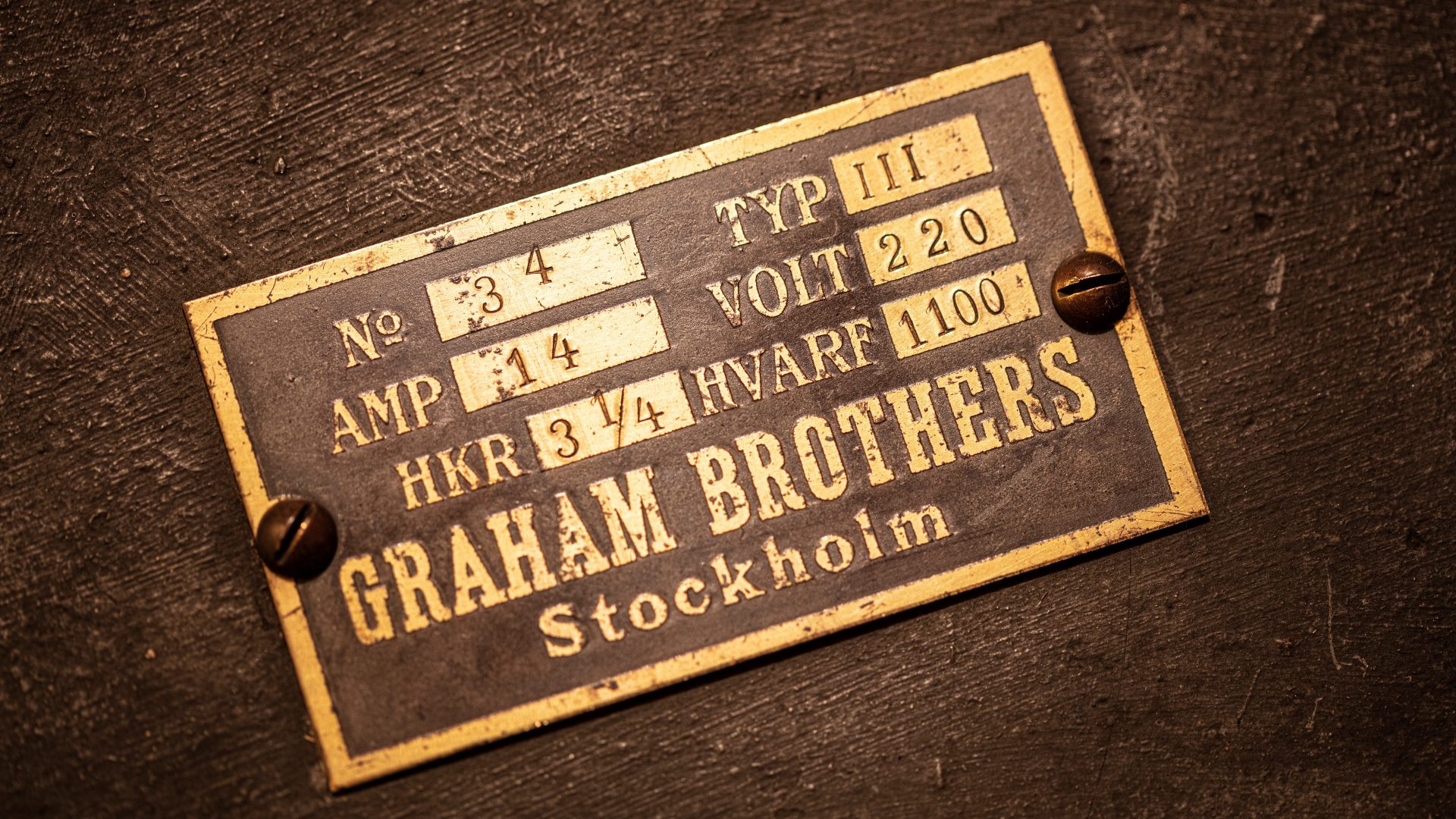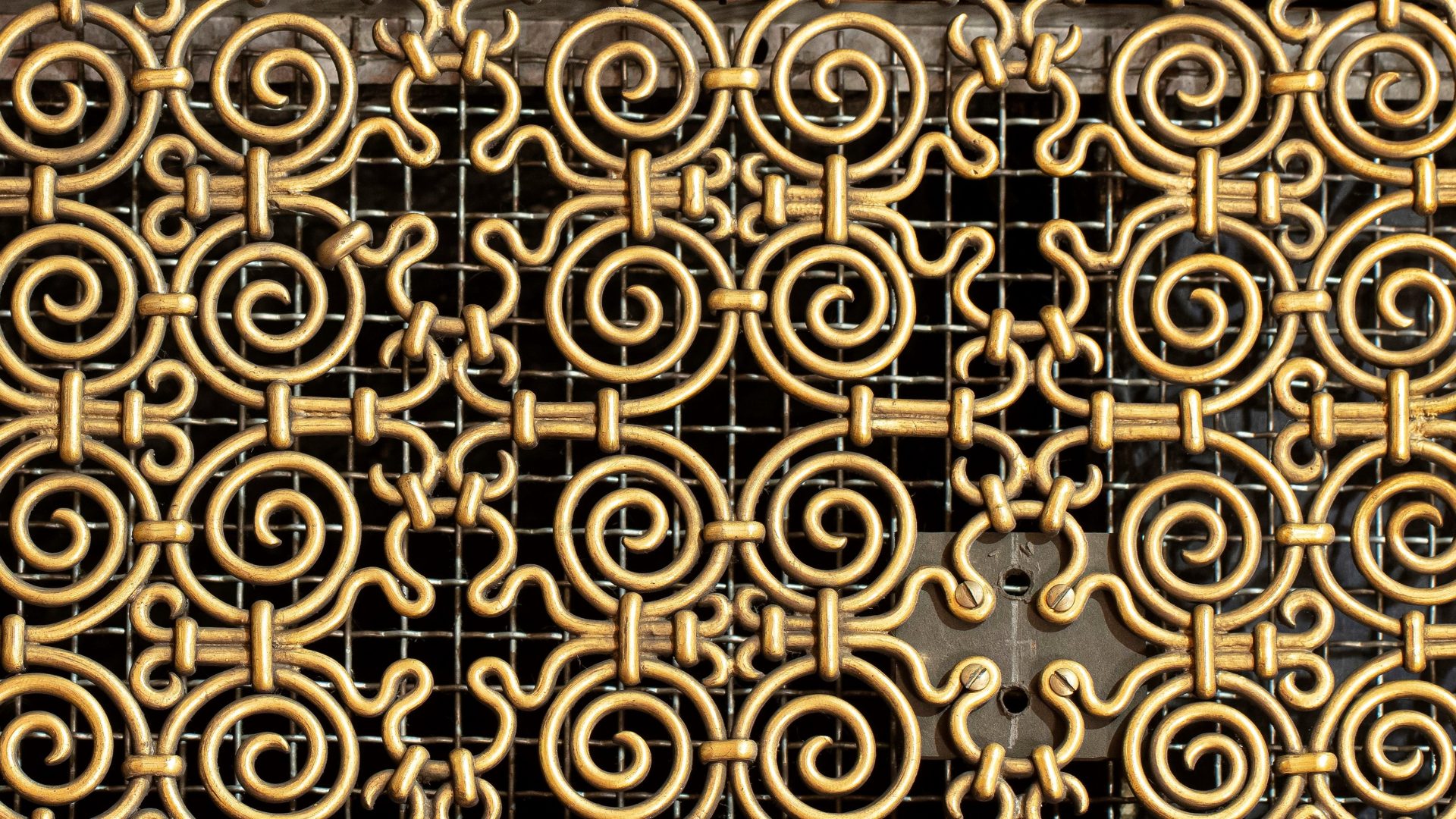
The building
Author Gurli Linder described the neighbourhood as she remembered it from her childhood:
On the corner of Nybrogatan was Strömberg’s snuff shop, where we bought chalk pipes to make our soap bubbles. In the first house facing Hamngatan, Royal Court photographer Matias Hansen had his studio. In one of the small houses, all sorts of performances were given: there were dwarfs, a flea circus and other fun entertainment. In another was Käck’s coachman hire service facility. In the corner towards Norrmalmstorg there was a comparatively stately house; it had three floors and housed Norrmalm’s Cellar, a venue much visited by the petty bourgeois.
Much of the block was owned by the goldsmith and collector Christian Hammer, which gave the low-level building the name “Hammer’s ramshackle.” Hammer had purchased the property for SEK 170,000 sometime in the 1870s. The von Hallwyls purchased the property in 1893 for the amount of SEK 205,265.

A Palace of Technology
Even though the styles of architecture and furnishings at No. 4 Hamngatan were inspired by older times, the house was very modern. There was, among other features, central heating, an electric lift, bathroom and central vacuum cleaner system from the beginning. In technical terms, it was one of the most modern houses in Stockholm in the 1890s.

When the house was built much care and attention was given to the quality of materials used. Both the architect and Wilhelmina von Hallwyl demanded that the craftsmen be skilled professionals who used only genuine and high-quality durable materials. The house features first-class wood panelled interiors with dozens of different types of wood, huge marble walls, and ingenious door and window structures.
Of course, the high quality of materials, up-to-date technology and craftsmanship came at a high price. The total cost for the construction of the house at No. 4 Hamngatan was just over SEK 1.5 million.



